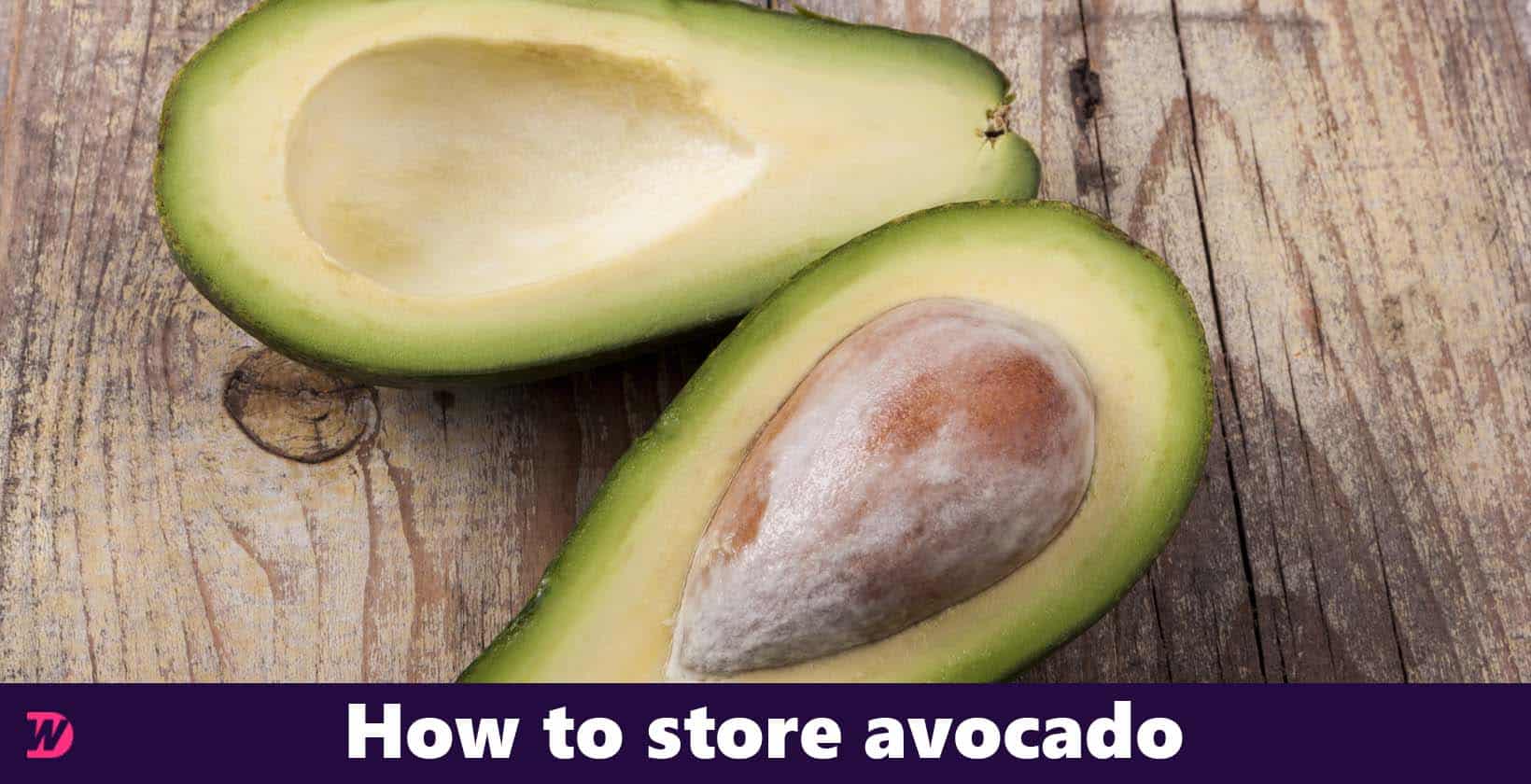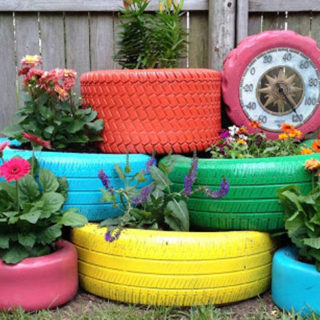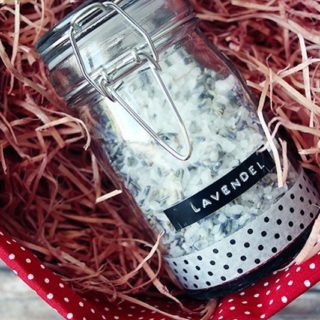Storing avocados properly can make all the difference in prolonging their freshness and ensuring they reach their full flavor potential. To store whole avocados, it is important to consider their ripeness. For ripe, ready-to-eat avocados, it is best to store them in the refrigerator, specifically in the low-humidity crisper drawer, where they will last between two and three days. If the avocados are still unripe, it is best to store them at room temperature, ideally at 68 F, in a cool, dark place to allow them to ripen naturally.
VIEW IN GALLERY
Once an avocado is cut, different storage methods must be applied. For a sliced avocado, it is recommended to sprinkle some lemon or lime juice on the exposed flesh to prevent browning, then tightly wrap the avocado half in plastic wrap or place it in an airtight plastic bag before storing it in the refrigerator. If you would like to extend the life of a cut avocado even further, it is possible to freeze it after removing the pit and skin and wrapping it as described above.
Understanding how to store avocados correctly can save time, reduce unnecessary waste, and result in a more enjoyable eating experience. By following these recommendations, you can enjoy your avocados at their best every time.
Selecting Avocados
When selecting avocados, it’s important to choose ones that will ripen properly and have a desirable taste and texture. The ripening process of avocados begins after they are picked from the tree, and it greatly affects their flavor and texture.
Examine the appearance of the avocados you are considering. A ripe avocado should be a dark green color, while an unripe one will be lighter and have a hint of green or yellow. Observe the size and shape of the avocados to ensure they are evenly grown.
It’s crucial to gently press the avocado to test its ripeness without causing any damage. A ripe avocado will yield slightly to gentle pressure while an unripe one will feel firm. This is a good indicator of when the avocado will be ready to eat.
Look for avocados that have their stem (also known as the button) still attached, as this helps prevent early spoilage. Stems of ripe avocados will typically be brown, while those of unripe avocados will be green. Avoid avocados with mold, dents, or deep wrinkles, as these can be signs of damage or overripeness.
How to Tell if an Avocado Is Ripe
Being able to determine whether an avocado is ripe is essential for proper storage and enjoying this delicious fruit. Here are some tips and techniques to help you determine the ripeness of an avocado.
Different Stages of Ripeness
There are three main stages of avocado ripeness: underripe, ripe, and overripe. To identify the ripeness of an avocado, pay attention to the following characteristics:
| Stage | Color | Texture | Feel |
|---|---|---|---|
| Underripe | Green | Firm skin | Hard to the touch |
| Ripe | Dark green to black | Slightly pebbled skin | Gently yields to pressure |
| Overripe | Black with brown spots | Very soft skin | Very soft to the touch |
To determine if an avocado is ripe, gently press the fruit with your fingers. A ripe avocado should yield to gentle pressure, while an underripe avocado will feel hard and an overripe one will feel very soft. Another method is to remove the small stem at the top of the fruit. If the stem comes off easily and reveals green beneath, the avocado is ripe. If it’s difficult to remove or reveals brown underneath, the avocado is overripe. Alternatively, you can use the 5-step technique to further assess the avocado’s ripeness.
The table bellow briefly explains how to store avocados and the pros and cons of each method.
| How to Store Avocados: Methods, Pros, and Cons | |||
|---|---|---|---|
| Storing Method | Pros | Cons | Notes |
| Refrigerator | Slows ripening process | Too cold for unripe avocados | Keep ripe avocados in crisper |
| Room Temperature | Allows natural ripening | Watch for overripe avocados | Keep away from direct sunlight |
| Freezing | Long-term storage | Texture may change slightly | Only suitable for ripe avocados |
| Mash and Store | Great for guacamole or spread | Limited storage time | Add lemon juice to avoid browning |
How to Store Unripe Avocados
At Room Temperature
Unripe avocados should be stored at room temperature, away from direct sunlight. Place them on a countertop or in a fruit basket to allow them to ripen naturally. Check the avocados regularly, as various factors can affect the ripening time, such as humidity and temperature.
Speeding up the Ripening Process
If you want to speed up the ripening process, you can use the following techniques:
- Place the avocado in a paper bag: Enclosing the avocado within a paper bag helps to trap the ethylene gas produced by the fruit, which accelerates the ripening process. Adding a ripe banana, apple, or tomato to the bag can further enhance the ripening effect thanks to the additional ethylene gas released by these fruits.
- Use a warm area: Avocados ripen faster when they are exposed to slightly warmer temperatures. Consider storing the unripe avocados in a warmer part of your kitchen, ensuring the temperature does not exceed 75°F (24°C). Be sure to monitor the ripening progress closely to avoid over-ripening.
Note that it is not recommended to store unripe avocados in the refrigerator, as the cold temperatures can hinder the ripening process and potentially damage the fruit’s cell structure.
How to Store Ripe Avocados
Refrigerating
Storing ripe avocados in the refrigerator is an effective way to slow down the ripening process and preserve their freshness. Ripe avocados can be kept in the fridge for several days to maintain their quality. To store them efficiently, place the avocados in the low-humidity crisper drawer of your refrigerator. This will help maintain their texture and taste while preventing spoilage.
Preserving with Lemon Juice
Another method to extend the life of ripe avocados is by using lemon juice. This works especially well for cut avocados. The acidity in the lemon juice helps slow down the oxidation process, which prevents the avocado from turning brown and spoiling quickly.
To preserve a cut avocado with lemon juice, follow these steps:
- Cut the avocado in half or into smaller pieces, depending on your needs.
- Squeeze fresh lemon juice onto the exposed avocado flesh.
- Wrap the avocado tightly in plastic wrap or place it in an airtight container, making sure the lemon juice covers the surface to prevent browning.
- Refrigerate the wrapped or contained avocado for up to two days.
Using lemon juice not only helps in preserving the freshness of ripe avocados but also adds a tangy flavor that complements many dishes.
How to Store Cut Avocados
Once an avocado is cut, it starts to oxidize and eventually turns brown. To maintain the freshness of avocados, you can use various ways to store them.
Using Plastic Wrap
An effective method to store cut avocados is by using plastic wrap. To do this, sprinkle the cut avocado with lemon or lime juice to prevent browning. Then, place the avocado halves back together and wrap them tightly with plastic wrap. The cling film will help create an airtight seal, reducing exposure to oxygen and preserving the freshness of the avocado.
Storing with Onion
Another way to store cut avocados is by using sliced onions. According to EatingWell, you can place the avocado half in an airtight container with a sliced onion and refrigerate it. The fumes from the onion will slow down the browning process of the avocado, thereby extending its shelf life.
Freezing Avocados
Freezing avocados is an effective method to store avocados and prolong their shelf life. In this section, we will cover the process of preparing and storing avocados in the freezer.
Preparation
Before freezing avocados, choose ripe and firm avocados for the best results. Follow these steps to prepare your avocados for freezing:
- Cut the avocado in half and remove the pit.
- Peel the skin off the fruit.
- Decide on the form you want to freeze your avocado in: mashed, cubed, or sliced.
- Add about 2 tablespoons of lemon juice per large avocado to prevent browning.
Storage Method
Once you’ve prepared the avocados, follow these storage methods to ensure they remain fresh in the freezer:
- Place the avocado into a freezer-safe container, such as a resealable plastic bag, mason jar, or vacuum-sealed bag. Make sure the container is airtight to prevent browning.
- Label the container with the date for future reference.
- Store the avocados in the freezer for up to three months.
By following these preparation and storage methods, you can successfully freeze avocados and enjoy them at a later time.
How to Save Half of an Avocado
Storing half of an avocado can be challenging, as it tends to brown quickly when exposed to air. However, several effective methods can help preserve its freshness and delay browning.
One popular method is to brush the exposed avocado flesh with lemon or lime juice. The acidity from the citrus fruit helps slow down the oxidation process, which is responsible for browning. After applying the juice, wrap the avocado tightly in plastic wrap, ensuring minimal air exposure, and store it in the fridge.
Another technique is to leave the pit in the avocado and cover the exposed flesh with a thin layer of olive oil before wrapping it tightly in plastic wrap. The oil creates a barrier, protecting the fruit from air and delaying the browning process.
Thirdly, storing the avocado half with an onion can also help prolong its freshness. Place the avocado in an airtight container alongside a chunk of onion, seal it, and store it in the fridge. The compounds released by the onion help keep the avocado from browning too quickly.
Finally, submerging the avocado half in water can also preserve its color and freshness. Place it in a container filled with water, ensuring that the exposed flesh is completely covered, then store it in the refrigerator. This method creates a barrier between the avocado and air, slowing down oxidation.
How to Keep Your Cut Avocado Fresh
Once an avocado is cut, it’s important to store it properly to maintain its freshness and prevent browning. There are several methods to achieve this, and they mainly focus on reducing the avocado’s exposure to oxygen.
One common technique is to apply lemon juice, lime juice, or olive oil onto the exposed flesh of the cut avocado. This helps seal the fruit, preventing air from coming into contact with it. After this step, tightly wrap the avocado half in plastic wrap and refrigerate.
An alternative method is to press a piece of plastic wrap directly onto the cut surface before refrigerating it. However, this technique may not always create an air-tight seal, meaning the avocado could still brown.
Another popular approach is to store the cut avocado in an air-tight container with a cut-up onion. Many people swear by this unusual method once they give it a try. It’s thought that the onion helps prevent the avocado from browning.
In summary, the key to maintaining a cut avocado’s freshness is to minimize its exposure to oxygen. Applying lemon juice, lime juice, or olive oil and using plastic wrap or an air-tight container with an onion are all effective methods to achieve this. Be sure to choose the method that works best for you and enjoy your fresh avocado for longer.
How to Store Guacamole
Storing guacamole properly can significantly extend its freshness and maintain its delicious taste. One of the key aspects to consider when storing guacamole is preventing it from browning due to oxidation. Certain, methods can help to protect the guacamole and keep it looking and tasting fresh.
Firstly, begin by placing the guacamole in an airtight storage container or a bowl covered tightly with plastic wrap. Use a spoon to flatten the surface of the dip and remove any air bubbles. As recommended by Allrecipes, add about a half-inch of water to the top of the guacamole, ensuring the water covers the whole surface.
Another method is to add a thin layer of lime juice or milk over the prepared dip. Cover the dish with plastic wrap before refrigerating. Remember to drain the liquid before serving.
Additionally, LoveOneToday recommends pressing clear plastic wrap against the surface of the guacamole in an air-tight container before covering. Store in the refrigerator for no more than 12 hours. If the guacamole does turn slightly brown, discard the top oxidized layer and enjoy the rest.
Alternatively, for longer storage, you can freeze the guacamole. Secure your lid in place and store your guacamole in the freezer for up to 3-5 days. When you’re ready to enjoy it, allow it to defrost in the refrigerator before serving.
Avocados and Metal Knives
When it comes to cutting and preparing avocados, the type of knife used can significantly impact the fruit’s appearance. Metal knives, which are commonly used in kitchens, can cause avocados to develop brown spots more quickly due to their reaction with the fruit’s flesh. A better option for cutting avocados is using a ceramic or plastic knife, which can help maintain the avocado’s vibrant green color for a longer period.
Switching to a ceramic or plastic knife instead of using traditional metal knives can make a huge difference in preserving avocados’ freshness and appearance. These types of knives are less likely to cause oxidation, which leads to browning.
When storing cut avocado halves, it’s important to also consider other preservation methods such as:
- Applying a light layer of lemon juice, lime juice, or olive oil to the exposed flesh
- Wrapping the avocado tightly in plastic wrap
- Storing the avocado in the refrigerator
These additional steps, along with using a ceramic or plastic knife, can help improve the overall quality and shelf life of a cut avocado.



















